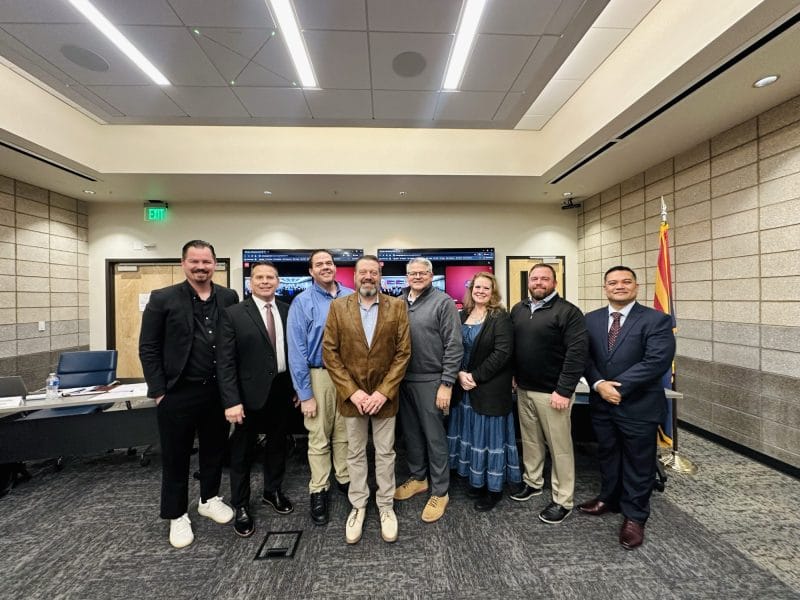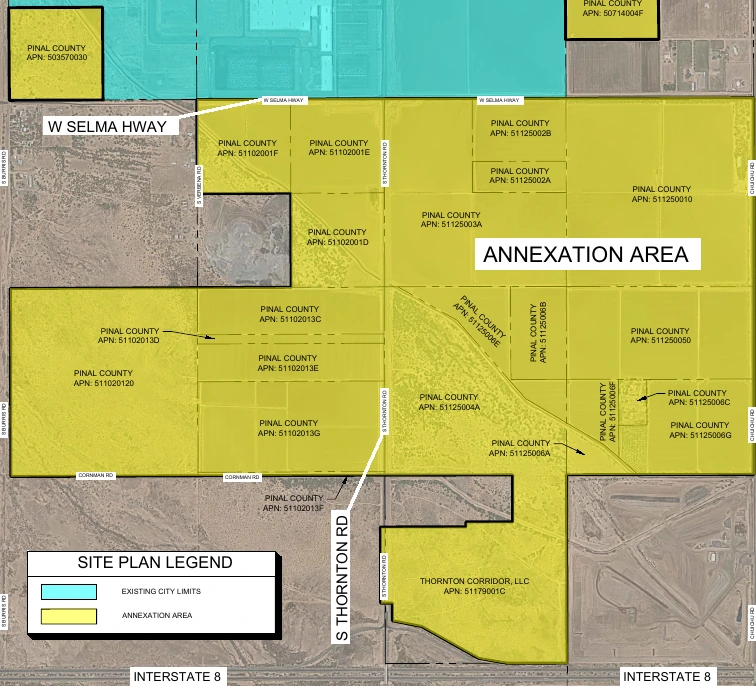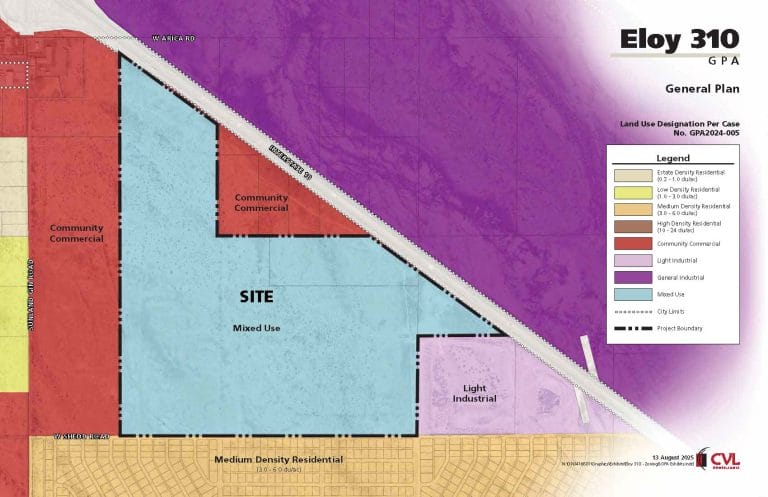| Forwarded this email? Subscribe here for more |
Only a broad easing of supply-side constraints can move the needle on housing availability and affordability.
Gov. Katie Hobbs’s veto message for House Bill 2570, dubbed the Arizona Starter Homes Act, inadvertently explained why the bill, or something like it, is necessary.
Simply put, the needle on housing availability and affordability, particularly here in Maricopa County, won’t be moved without a broad lifting of supply-side constraints on homebuilding.
HB 2570 would have provided that by restricting the regulation by cities of such things as lot sizes, lot coverages, set-backs, and design requirements. A much broader array of housing products and options could be brought to market.
Cities aren’t going to facilitate this on their own. One industry insider captured the problem for me this way years ago: Everyone wants to be Scottsdale. No one wants to be Maryvale.
However, what the Phoenix metro area needs most are Maryvales as John F. Long initially conceived it: A neighborhood of single-family homes for the lower-middle class and the middle class. The cost of land, coupled with city zoning and design requirements, makes that a difficult product to bring to market today.
There is an urban form aspect to this as well. The adage is that prospective homebuyers drive until they qualify. In other words, to the periphery where land costs are less. However, if something like HB 2570 became law, some segment of the market would trade driving less for less home or lot size. It would tilt the market at least somewhat toward urban infill projects.
In her veto message, Hobbs described HB 2570 as an “experiment”. She meant it as a pejorative. However, that betrays a lack of understanding of markets and how they work. Markets are a continuous experiment as providers compete to satisfy shifting consumer needs and preferences.
If the supply-side constraints on zoning and design were eased, no one knows precisely how the market would change and what new and different products would become available. However, the result wouldn’t be driven by developer preferences, as the League of Cities and Towns would have it. It would be driven by consumer preferences. Homebuilders aren’t going to bring to market houses that people aren’t going to be willing to buy. New and different products won’t be brought to the market unless they are preferred to the status quo by a large enough segment of the population to make them economically viable.
No one would be forced to build or buy what would be permitted under HB 2570 but prohibited under the status quo.
The real revelation in Hobbs’s veto message wasn’t in what she opposes, but in what she says that she supports. It illustrates the inadequacy of anything short of a broad easing of supply-side constraints.
Housing has become a vexing political issue in Arizona and, in her veto message, Hobbs took pains to depict herself as on the case:
As Governor, I have worked relentlessly to address Arizona’s housing affordability challenges. From securing a historic $150 million to build housing for working-class Arizonans, to maximizing our state’s leverage of federal tax credits to build more affordable rental units, to developing the Arizona is Home mortgage assistance program, my administration is serious about producing the housing affordability that our state needs.
The principal alternative to broadly easing supply-side constraints is increased government housing subsidies of various sorts. This can only nibble at the edges of the supply and demand imbalance, offering respite for the small number of subsidy beneficiaries. It cannot produce or induce the volume or characteristics of new dwelling units needed to truly move the needle noticeably.
Additional funding for the Housing Trust Fund of $150 million sounds like a lot of money. But, to put it in perspective, it would only be enough to provide $250,000 mortgages to 600 families.
The supply-side constraints that Hobbs, in her veto message, said she did support, while useful, also wouldn’t move the needle noticeably. She indicated that she supports allowing guest houses as a matter of right and the repurposing of commercial land and buildings. However, the housing supply and demand imbalance isn’t going to get rectified by casitas and converting office buildings into apartments and condos.
You could enact everything Hobbs said she supports and, from a macro-market perspective, nothing would appear to have changed. The only way to change the macro-market perspective is to free up market innovation by easing supply-side constraints.
The legislative politics of HB 2570 were very interesting and at least mildly encouraging. The measure was narrowly approved in both chambers, 16-13 in the Senate and 33-26 in the House. However, there were no discernable partisan or ideological alignments in the vote.
A majority of Democrats supported the measure in the House (16-12) and Democrats were evenly split in the Senate (7-7). Republicans narrowly approved the measure in both chambers, by a 17-14 margin in the House and 9-6 in the Senate.
Republican opposition was probably mostly motivated by a misguided concern over protecting the integrity of established upper-middle class neighborhoods. Such neighborhoods generally have deed restrictions setting usage and design standards that HB 2570 wouldn’t have overridden, and probably no legislation could given the state constitutional provision protecting contractual obligations.
Regardless, a majority of legislators, Republican and Democratic, accepted that freeing the market was necessary to meaningfully move the needle on housing availability and affordability. Despite Hobbs’s veto, that’s a really important consensus.
I found additional encouragement in an article in the Arizona Capitol Times about housing legislation by reporter Jakob Thorington. There are two commercial repurposing bills working their way through the chambers. One makes residential conversions generally available; the other permits but sharply limits them.
Thorington paraphrases the reason Democratic Rep. Analise Ortiz gave for preferring the broader bill: it would allow the free market to decide where adaptive zoning occurs.
That’s the kind of thinking that gives hope for meaningful and measurable improvements to the status quo on housing. A majority of legislative Democrats are now ready to put the market to work on housing availability and affordability. Hobbs should be joining, rather than thwarting, them.
Reach Robb at robtrobb@gmail.com.







